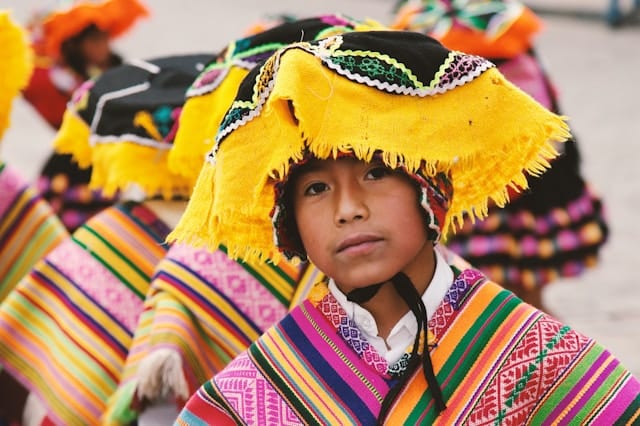South America is a diverse and vibrant continent, rich with history, culture, and landscapes that attract travellers from around the world. For Australians visiting the region, understanding how to handle currency and make payments across different countries is essential for a smooth travel experience.
Unlike regions with a common currency, South America features a variety of national currencies—each with its own value, usage norms, and accessibility. This guide outlines the most commonly used currencies, where to exchange money, how to budget wisely, and what to expect when spending in both major cities and rural communities.
Currency in Popular South American Destinations
Each South American country has its own currency, and Australians visiting the region may need to manage multiple currencies depending on their itinerary. Here are some of the most widely used:
-
Chile (Chilean Peso – CLP): Chile has a modern banking system with good ATM access, though many areas still rely heavily on cash.
-
Colombia (Colombian Peso – COP): ATMs are common in cities, and card usage is growing, but cash is still necessary in rural and small business settings.
-
Peru (Peruvian Sol – PEN): Widely used throughout the country, including in tourist-heavy regions like Cusco and Lima.
-
Uruguay (Uruguayan Peso – UYU): A stable and easy-to-use currency with good infrastructure for card payments and banking.
-
Paraguay (Paraguayan Guarani – PYG): Heavily cash-based, especially outside urban centres.
While some tourist businesses may accept U.S. dollars, especially in border regions or major hotels, local currency is preferred for most purchases, especially transportation, food, and entry fees to attractions.
Exchanging Currency and Withdrawing Cash
Exchanging Australian dollars directly in South America is rare, so most travellers bring U.S. dollars for conversion or rely on international debit and travel cards. Currency exchange offices (“casas de cambio”) are commonly found in city centres, airports, and tourist areas, although exchange rates can vary.
ATMs are the most convenient way to access local currency, especially in major cities. However, be aware of transaction fees, withdrawal limits, and the availability of machines in remote locations. Using a travel card that supports multiple currencies and offers low international fees is a smart option for Australian travellers visiting multiple countries.
When possible, withdraw or exchange cash in small denominations, as many small businesses or taxi drivers may not have change for large notes.
Budgeting and Spending in South America
The cost of living varies significantly across South America. In general, Bolivia and Paraguay are more affordable, while Chile and Uruguay can be more expensive. Urban centres like Buenos Aires, Lima, and Bogotá offer a range of price points depending on your travel style.
Travellers should budget for:
-
Cash-based transactions: Many local markets and street vendors operate on a cash-only basis.
-
Transport and tours: Some require upfront cash payments, especially outside major cities.
-
Gratuities: Tipping is customary in restaurants and for services, usually in local currency.
-
Mobile payments and apps: While digital payment adoption is increasing, it’s not yet universal.
Currency Tips for a Smooth South American Trip
To manage your finances effectively while travelling, consider the following:
-
Bring a mix of travel cards and some U.S. dollars for backup
-
Avoid exchanging money on the street or in unlicensed venues
-
Keep currency from different countries separate to avoid confusion
-
Use hotel safes to store large amounts of cash
-
Notify your bank about international travel to prevent card blocks
-
Download exchange rate apps to track conversions in real time
-
Save receipts from currency exchanges for budgeting or tax purposes
For more expert guidance on global exchange strategies and payment tools, visit the Remitly Currency Blog.
FAQ: Currency in South America
1. Can I use Australian dollars in South America?
No. AUD is not accepted in South America. Use local currency or convert AUD to U.S. dollars before arrival for easier exchanges.
2. Are U.S. dollars accepted in South American countries?
In some areas, yes—especially in tourist regions or for large purchases—but local currencies are generally required for daily expenses.
3. Is card payment widely accepted in South America?
Card acceptance is growing in cities and large businesses, but cash remains essential in rural areas and for small transactions.
4. What’s the safest way to carry money while travelling?
Use a combination of cards and cash, store backup funds separately, and carry only what you need each day.
5. Should I exchange money before arriving or after landing?
Exchanging a small amount before departure is helpful, but better rates are often available at banks or ATMs upon arrival.

